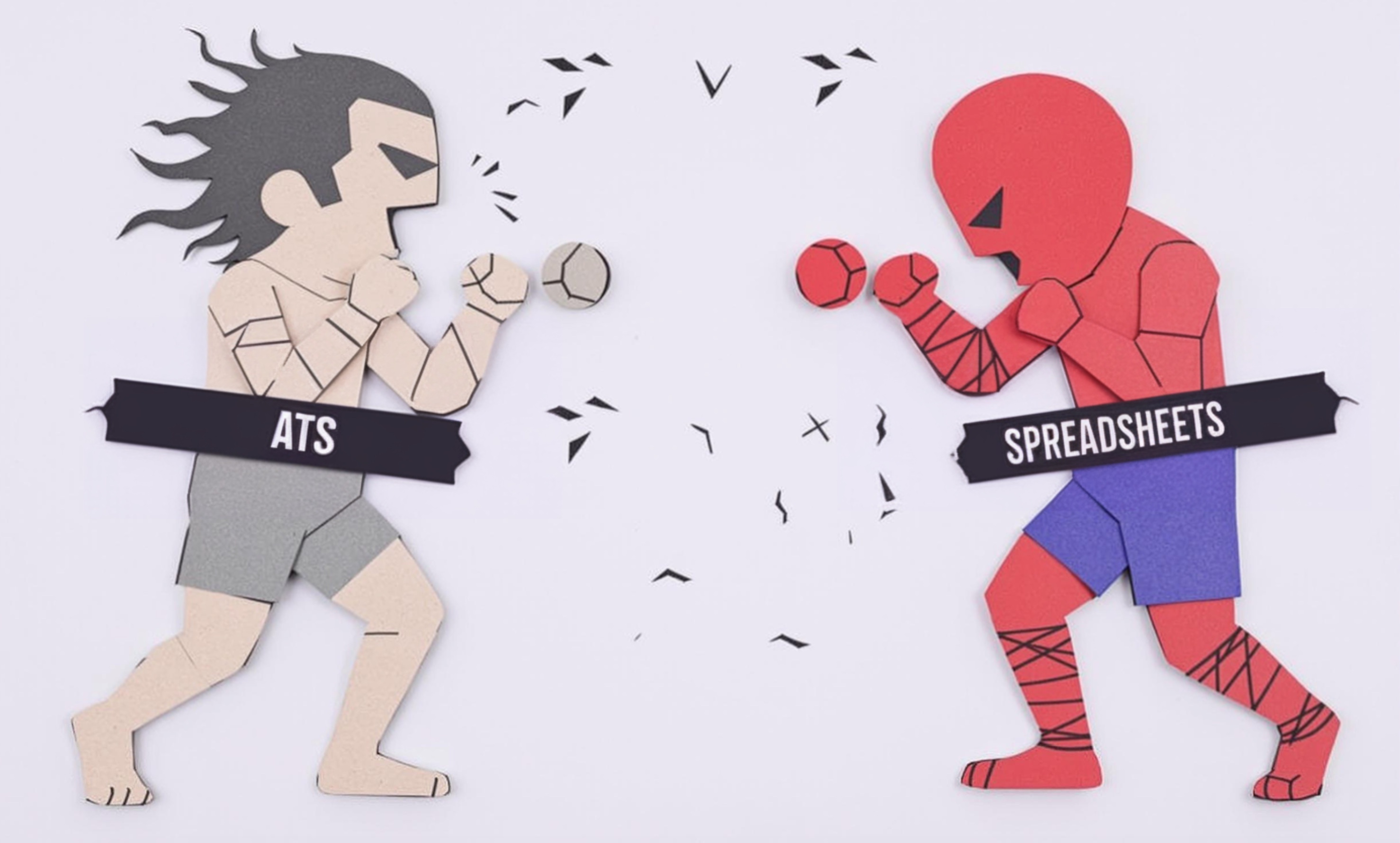
SPC Charts
SPC Charts (Statistical Process Control Charts) are visual tools that help companies monitor and improve product quality. Think of them like a health monitor for manufacturing processes - they show if products are being made consistently and help spot problems before they become serious. Manufacturing companies use these charts to reduce waste, maintain product quality, and meet customer requirements. You might also hear them called "Control Charts," "Quality Control Charts," or "Process Control Charts." They're especially important in industries like automotive, food production, and medical device manufacturing where consistency is crucial.
Examples in Resumes
Implemented SPC Charts to reduce defect rates by 25% in production line
Trained production staff on using Statistical Process Control Charts for daily quality monitoring
Led quality improvement initiatives using Control Charts and root cause analysis
Developed SPC monitoring system for critical manufacturing processes
Typical job title: "Quality Control Engineers"
Also try searching for:
Where to Find Quality Control Engineers
Professional Organizations
Online Communities
Job Resources
Example Interview Questions
Senior Level Questions
Q: How would you implement an SPC program in a facility that has never used it before?
Expected Answer: Should discuss training needs, selecting critical processes to monitor, establishing measurement systems, setting up data collection procedures, and creating action plans for out-of-control situations.
Q: How do you determine which processes need SPC monitoring?
Expected Answer: Should explain prioritizing based on customer requirements, cost impact, critical quality characteristics, and historical problem areas in production.
Mid Level Questions
Q: What actions do you take when a process goes out of control?
Expected Answer: Should describe the standard response procedure: stopping production if necessary, investigating root causes, implementing corrections, and verifying the process is back in control before resuming.
Q: How do you train operators to use SPC charts effectively?
Expected Answer: Should discuss hands-on training approaches, explaining basic statistical concepts in simple terms, and ensuring operators understand when and how to take action.
Junior Level Questions
Q: What are the basic elements of an SPC chart?
Expected Answer: Should identify control limits, center line, plotted points, and be able to explain what they mean in simple terms.
Q: What's the difference between special cause and common cause variation?
Expected Answer: Should explain that special causes are unusual events requiring immediate action, while common causes are normal process variation.
Experience Level Indicators
Junior (0-2 years)
- Basic data collection and charting
- Understanding of control limits
- Basic quality tools usage
- Simple process monitoring
Mid (2-5 years)
- Advanced chart interpretation
- Root cause analysis
- Process improvement projects
- Operator training
Senior (5+ years)
- SPC program implementation
- Advanced statistical analysis
- Quality system development
- Cross-functional team leadership
Red Flags to Watch For
- No hands-on experience with quality control tools
- Unable to explain basic statistical concepts in simple terms
- Lack of experience with quality management software
- No understanding of manufacturing processes
Need more hiring wisdom? Check these out...

Beyond Spreadsheets: Why Executive Dashboards in ATS Systems Are Your Secret Hiring Weapon

Why Your Hiring Spreadsheets Are Secretly Sabotaging Your Recruitment

Automated Scorecards in ATS Systems: Your Secret Weapon for Smarter Hiring Decisions

